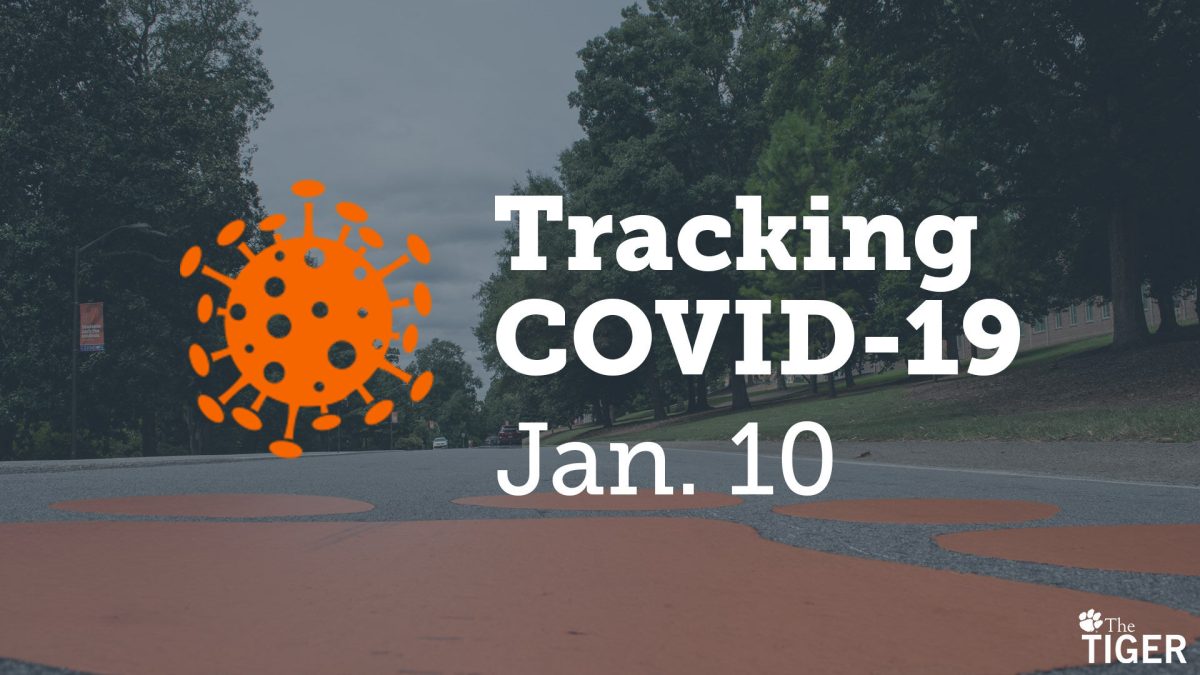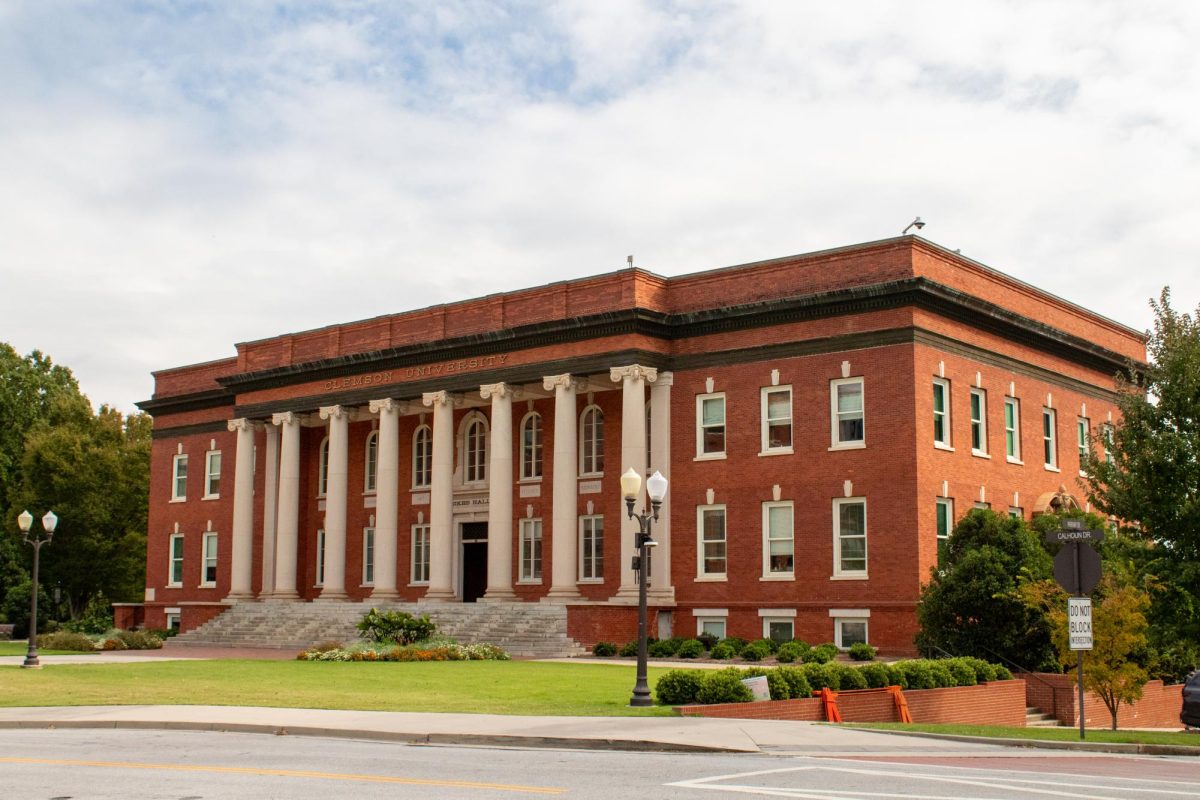Clemson University began its spring semester on Wednesday, Jan. 6, with 508 active cases of COVID-19, following rigorous testing during move-in week as students return from around the country. The university reported through its COVID-19 dashboard that there were 261 reported positive tests, of which 228 were students and 33 were employees.
The daily active case count is an estimate calculated by The Tiger; a likely undercount of the true number based upon the university’s stipulation that all individuals who test positive must isolate for a minimum of ten days. The active cases are then found by taking a rolling sum of the past ten days of positive cases. It does not include people that did not report a test result to Clemson, did not get tested or are in quarantine for exposure.
Cumulatively, since June 6, 2020, Clemson University has reported 5,445 cases of COVID-19. This number is made up of 5,034 students and 411 employees who have tested positive for the virus. With Clemson’s total student population of 26,406, this nearly marks a milestone of 1 out of every 5 students having been infected by the virus.
On-campus isolation and quarantine rose as students tested positive during move-in surveillance testing. As of Jan. 7, there were 58 on-campus residents in either isolation or quarantine (I/Q), 36 of which were occupying an I/Q space (such as Thornhill Village or an off-campus hotel) and 22 of which were in their room or apartment.
“We firmly believe the strategy employed during the fall was the correct one, as it steadily drove down prevalence rates as the semester progressed,” wrote Dean of Students Christopher Miller in an email sent to Clemson students on Jan 9. “We have even more confidence in our approach now that mandatory weekly testing is in place not only for students, but also employees working on campus.”
Beyond the university, the Upstate region of South Carolina (including Pickens, Anderson, Oconee counties and others) has the highest number of positive COVID-19 cases per capita in the state. Pickens County reported 1,260 cases per 100,000 individuals in a 7-day period up to Jan. 7, according to SCDHEC. Neighboring Anderson County had 713.9 cases per 100,000 and Oconee County had 871.2 cases per 100,000.
COVID-19 cases are expected to rise in upcoming days as a result of holiday gatherings and travel, according to experts familiar with the topic. It is possible that travel to the university from other regions may increase spread within the Clemson area as well.
This is a COVID-19 analysis based on data gathered by The Tiger on its ‘Tracking COVID-19’ dashboard, which can be viewed here on our homepage. The data is gathered from a variety of sources and the repository is available for viewing here. Updates will be made as necessary.









